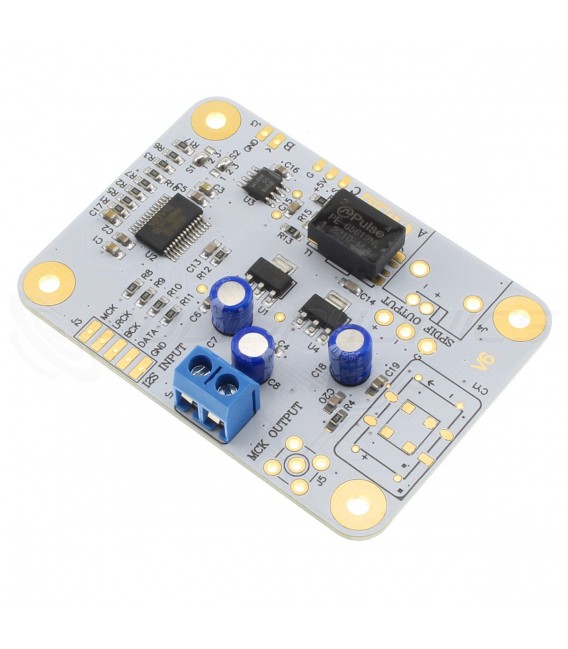I would like to ask another question.
Since I would like to properly adjust all the various gains of the audio chain, as well as the environmental correction, I was wondering: Is the digital output level of the Denon standard and therefore in perfect "tune" with the input of the miniDSP?
Furthermore, regarding the frequency... minidsp can work at 48khz or 96khz. From the measurements I did on the Denon... it seems to me that it comes out at 48khz.
Is this frequency fixed or adjustable?
I think it's better there are no different frequencies along the chain of digital connections, or am I wrong?
Thank you.


